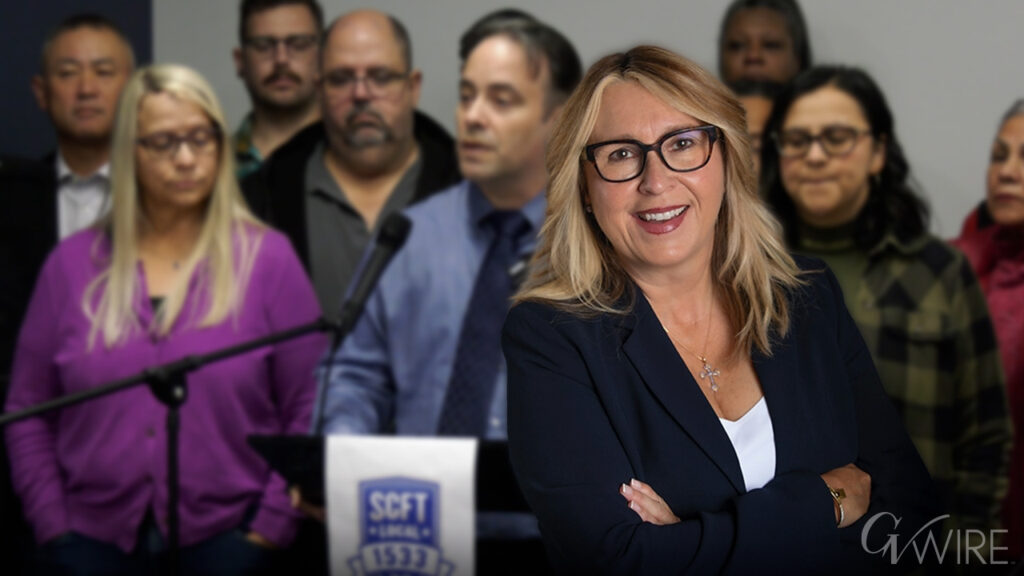Share
Clovis and Sanger unified school districts are among seven in California that are making the most progress in closing the so-called “achievement gap” for students of color and those in poverty, according to a new report released Tuesday in Sacramento.
The Learning Policy Institute, a research nonprofit that aims to improve education policy and practice, released the report and a set of case studies focusing on districts where those students are succeeding academically at higher rates compared to their peers in other California school districts.
The institute had previously identified more than 100 California school districts where students across racial and ethnic groups were doing better than their peers on new math and reading assessments. Many of these same districts also were closing the gap on other outcomes, including graduation rates.
Looking For Common Traits
The institute then sought to learn how and why it was happening. An initial study released in May, “California’s Positive Outliers: Districts Beating the Odds,” identified factors that contribute to the students’ success and found a common denominator: The schools where students were showing the best achievement gains were those with the most qualified teachers who had more experience, and with fewer teachers on emergency permits or with substandard credentials.
Sanger Unified Superintendent Adela Madrigal Jones said she and others in the district have worked hard to improve outcomes and to ensure that all students have access to learning opportunities. It’s gratifying to be recognized for making gains, Jones said.
But, she added, “Even with the work highlighted in this report, closing the achievement gap is an area that we acknowledge we still have work to do, and we will continue to work towards that goal.”
It Takes A Village
Clovis Unified students have benefited from a strong partnership of schools, families, and the community, said Debbie Parra, assistant superintendent of curriculum and instruction. Breaking bread with students, families and advocates at local control and accountability dinners has created the opportunity for conversations where needs are identified, said Parra, who is responsible for training teachers and developing many of the district’s intervention efforts that were identified in the institute’s report.
Parra said she hopes Clovis and other districts will glean best practices identified in the report and continue to move forward.
“Using the information in the report will not only benefit CUSD students but hopefully our students in the San Joaquin Valley and state,” she said.
‘Outlier’ Districts Are Spread Across California
The districts identified in the case studies vary in demographics, geographic region and size — from San Diego Unified and Long Beach in Southern California, two of the state’s biggest unified school districts, to tiny Gridley Unified north of Sacramento. But they share common traits, the institute’s analysis found, including:
- Prioritizing learning for every child.
- “Instructionally engaged” leadership.
- Strategies to hire and retain a stable teaching workforce.
- Supports for students’ academic, social, and emotional needs.
- Engagement of families and communities.
The study found that the districts closing the achievement gap took advantage of a number of changes in statewide education policy in recent years: New learning standards have been implemented across English language arts, mathematics and science to focus on building students’ skills in analysis, inquiry and problem-solving; student testing was changed to better measure these new skills; and increased state funding accompanied by more local control over how it’s spent.
“Rapid and dramatic change in California’s education system provided an excellent incubator for school districts to make changes to improve instructional quality and equity,” said Linda Darling-Hammond, LPI’s president. “We hope that other school districts and states will focus on the lessons from these case study school districts to ensure all students have access to deeper learning regardless of the size, location, and wealth of the district where they go to school.”
The study includes a set of recommendations for federal, state and local policymakers, including making sure there are enough qualified teachers and other school leaders for all schools, allocating resources for equity, and using data from assessments to support continuous improvement by students.
Categories



















